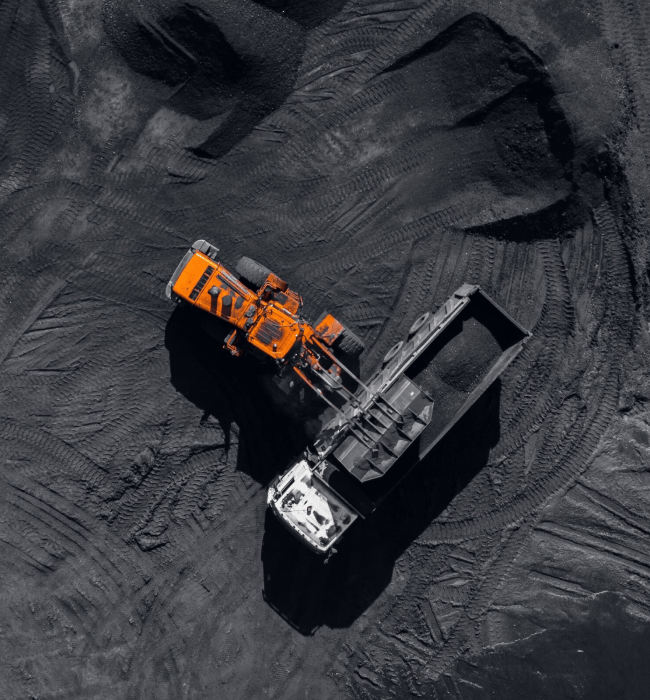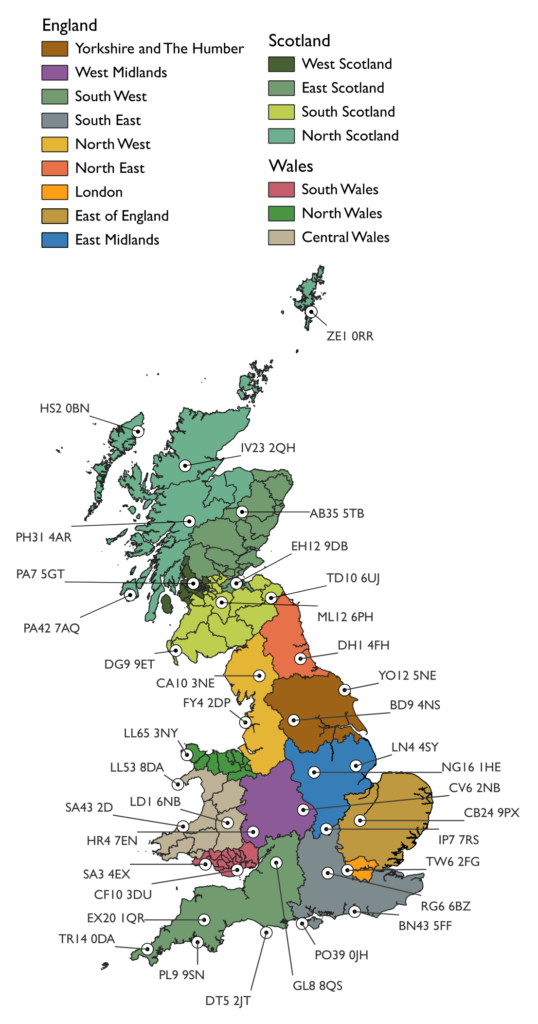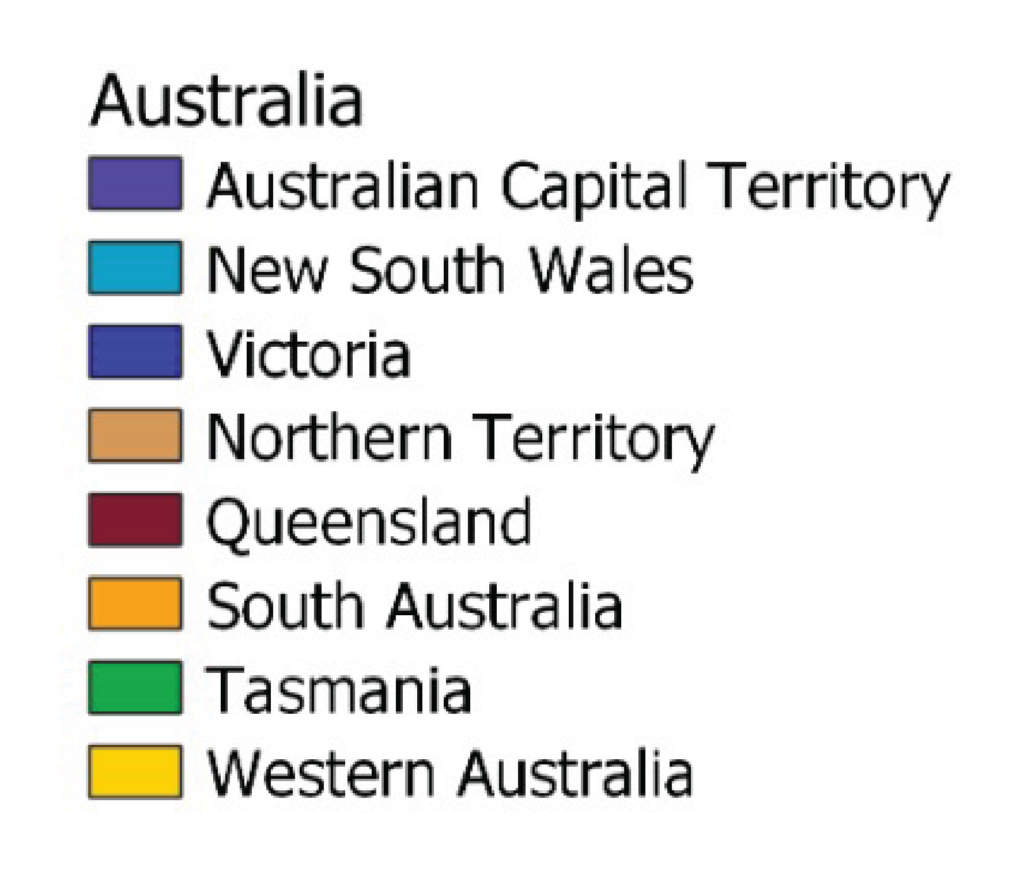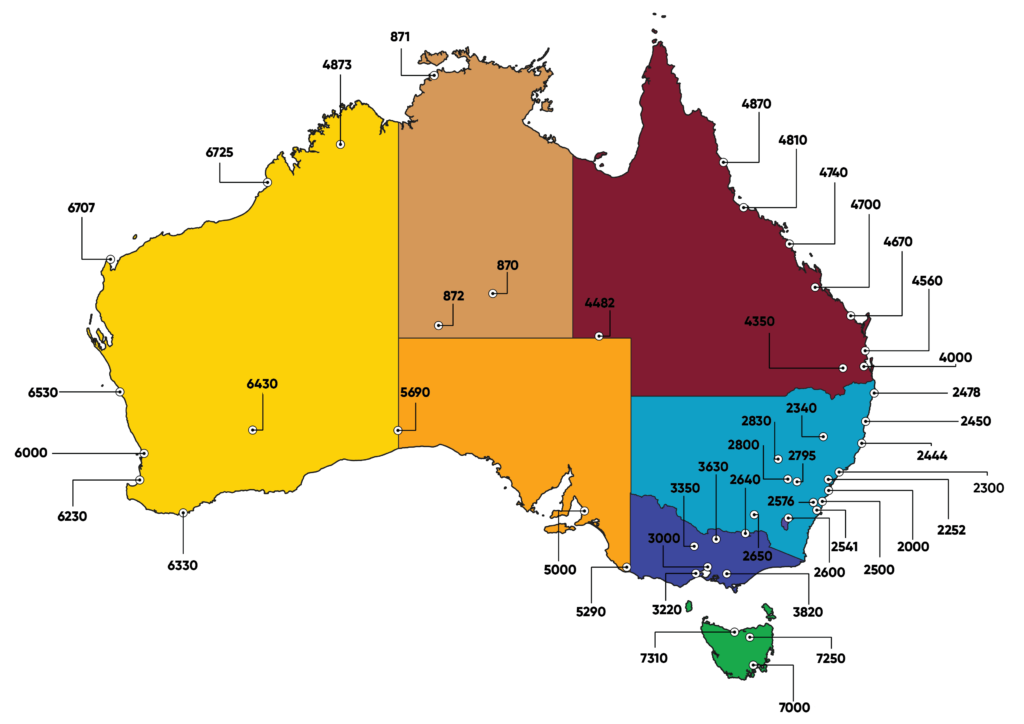Fortis provides comprehensive Life Cycle Assessments (LCAs) to elucidate the environmental ramifications associated with your products and processes. Employing methodologies in accordance with industry standards such as ISO 14040/44, EN 15978 and PN 326, our team conducts systematic analysis of each stage of a product’s life cycle, encompassing raw material extraction, production, distribution, use, and end-of-life disposal.
We use a combination of software, from accredited OneClick LCA to in-house tailored accounting applications to ensure metric outputs are defined and traceable.

Embodied Carbon Estimation assessments within your projects. Utilising advanced methodologies and adhering to established industry standards such as ISO 14067, team conducts comprehensive analysis spanning the entire lifecycle, encompassing raw material extraction, manufacturing, transportation, construction, and disposal.
Embodied Carbon Estimation allows clients to make informed decisions, reduce environmental impact, and contribute meaningfully to the global imperative of carbon reduction. Fortis help navigate the complexities of carbon accounting and drive positive environmental outcomes where possible.

Fortis provide material consultancy in relation to sustainability throughout all project phases. Part of our delivery is to advise and demonstrate accountability with the future in mind, we do this by evidencing opportunities for the responsible sourcing and procurement of building materials. One of the fundamental aspects which Fortis deploys though our design is the ability to deconstruct or disassemble so that materials can be separated and processed efficiently where possible.

Our review of material encompasses Pre-Construction, Construction and Post-Construction. Our focus captures all parts to conscientious behaviours around material use and contributes to sustainable initiatives and accreditation:
Minimising the use of materials, energy, and resources during the building process. It involves optimising designs, selecting efficient materials, and implementing construction techniques that result in less waste generation and environmental impact. Strategies for reducing include designing for durability, using prefabricated components, and adopting energy-efficient practices.
Utilising materials or components from existing structures or projects in new construction endeavours. This approach aims to extend the lifespan of materials, reduce waste, and conserve resources. Examples of reuse include salvaging bricks, timber, or fixtures from demolished buildings for use in new construction, refurbishing furniture or equipment, and evidencing material extension of life through laboratory analysis for building projects.
The process of converting waste materials generated during construction, renovation, or demolition into reusable materials. It involves collecting, sorting, processing, and transforming materials such as concrete, asphalt, metal, wood, and plastics into new products or materials. Common recycled construction materials include crushed concrete aggregate, reclaimed timber, recycled steel, recycled plastic composites and glass.
Encompasses methods for recovering energy or resources from waste generated during construction activities. It involves employing technologies such as waste-to-energy systems, anaerobic digestion, or incineration to convert construction waste into heat, electricity, or other usable forms of energy.
This is a dedicated free service for the construction industry which helps mitigate potential loss and increase site safety. The aim is to provide those that build, manage and commission construction an opportunity to get ahead in readiness for inclement weather.

SITE-MET© is an early adverse weather warning service to aid the construction industry in the protection of personnel, material and plant assets.
We have developed this service so that all trades and disciplines can subscribe to an automated early warning facility which will send site operatives and clients protection measure guidance checklists specific to the impending climatic condition to a specific region.
Our objective is to provide helpful guidance by offering a system which reduces tasks and only induces readiness for inclement weather which can result in minor but also major delays. Personal safety, mitigating asset loss and loss of downtime is at the focus of the guidance.


SITE-MET© is an early adverse weather warning service to aid the construction industry in the protection of personnel, material and plant assets.
We have developed this service so that all trades and disciplines can subscribe to an automated early warning facility which will send site operatives and clients protection measure guidance checklists specific to the impending climatic condition to a specific region.
Our objective is to provide helpful guidance by offering a system which reduces tasks and only induces readiness for inclement weather which can result in minor but also major delays. Personal safety, mitigating asset loss and loss of downtime is at the focus of the guidance.


